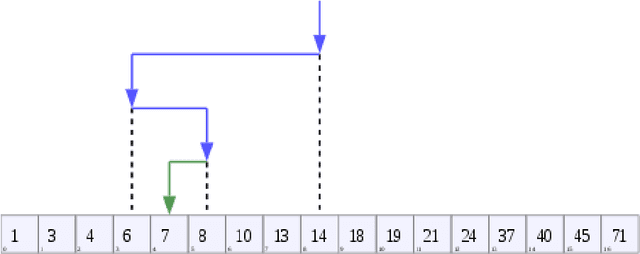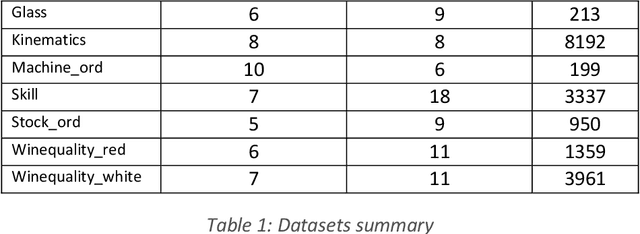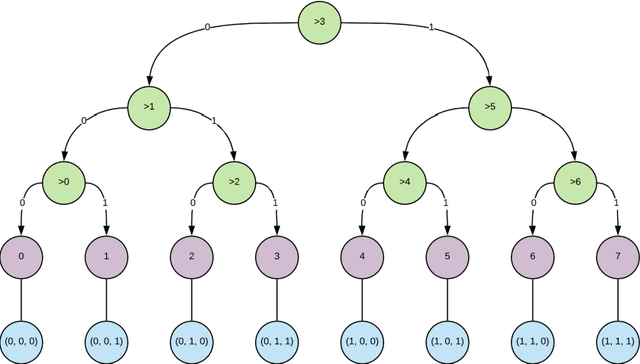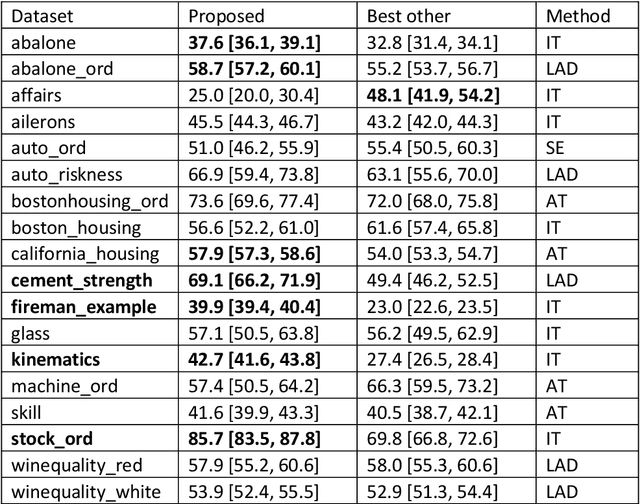Learning a binary search with a recurrent neural network. A novel approach to ordinal regression analysis
Paper and Code
Jan 07, 2021



Deep neural networks are a family of computational models that are naturally suited to the analysis of hierarchical data such as, for instance, sequential data with the use of recurrent neural networks. In the other hand, ordinal regression is a well-known predictive modelling problem used in fields as diverse as psychometry to deep neural network based voice modelling. Their specificity lies in the properties of their outcome variable, typically considered as a categorical variable with natural ordering properties, typically allowing comparisons between different states ("a little" is less than "somewhat" which is itself less than "a lot", with transitivity allowed). This article investigates the application of sequence-to-sequence learning methods provided by the deep learning framework in ordinal regression, by formulating the ordinal regression problem as a sequential binary search. A method for visualizing the model's explanatory variables according to the ordinal target variable is proposed, that bears some similarities to linear discriminant analysis. The method is compared to traditional ordinal regression methods on a number of benchmark dataset, and is shown to have comparable or significantly better predictive power.
 Add to Chrome
Add to Chrome Add to Firefox
Add to Firefox Add to Edge
Add to Edge